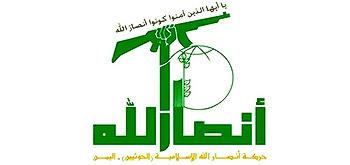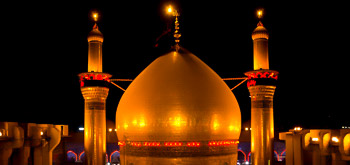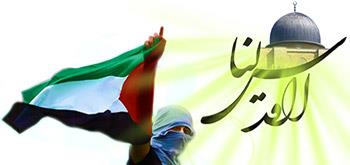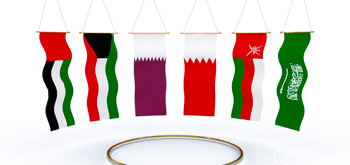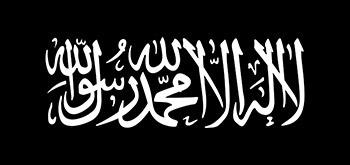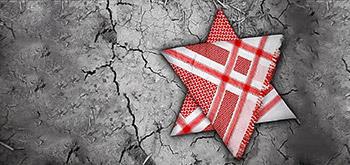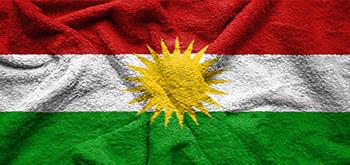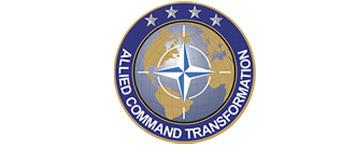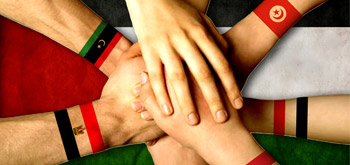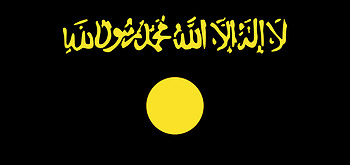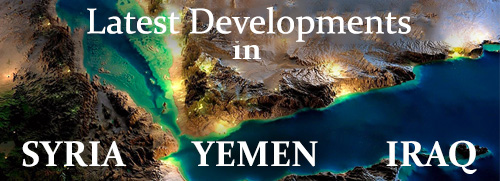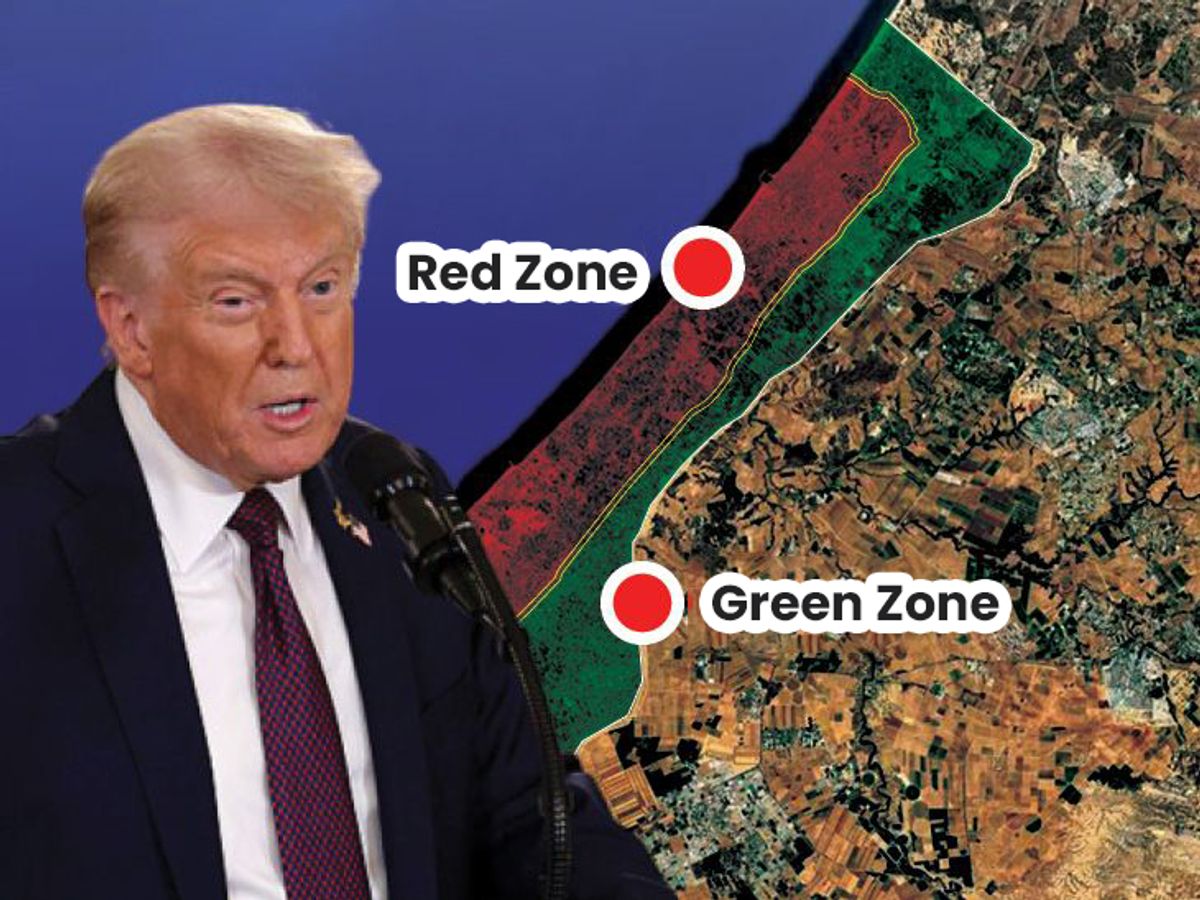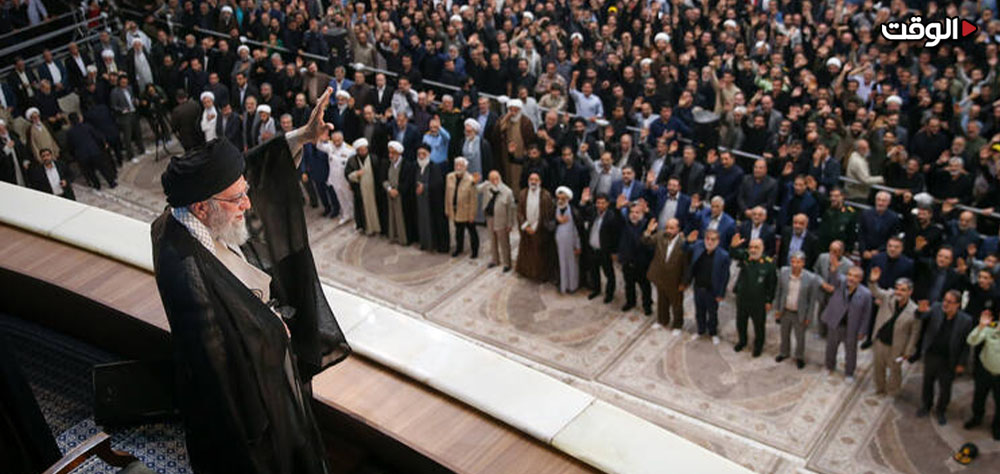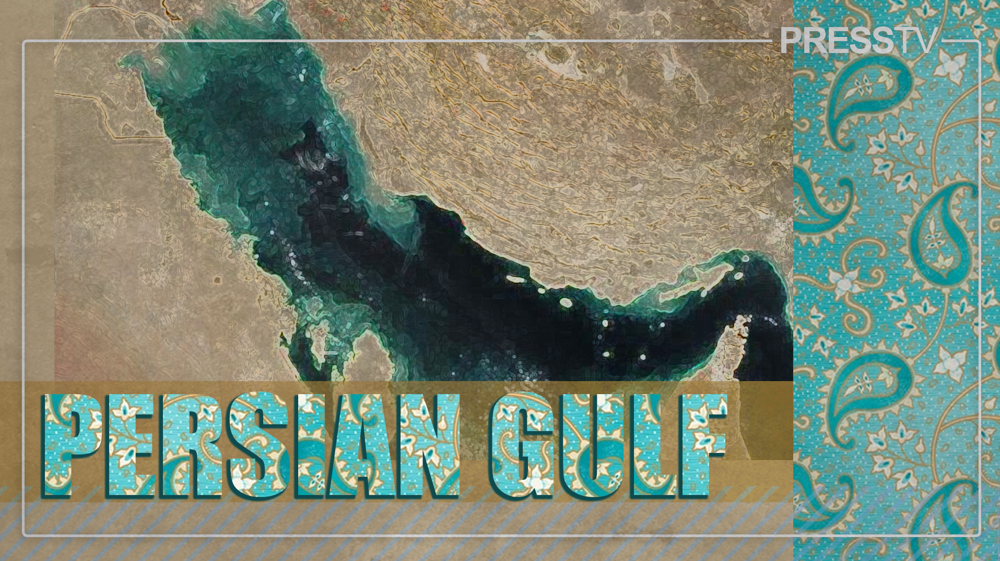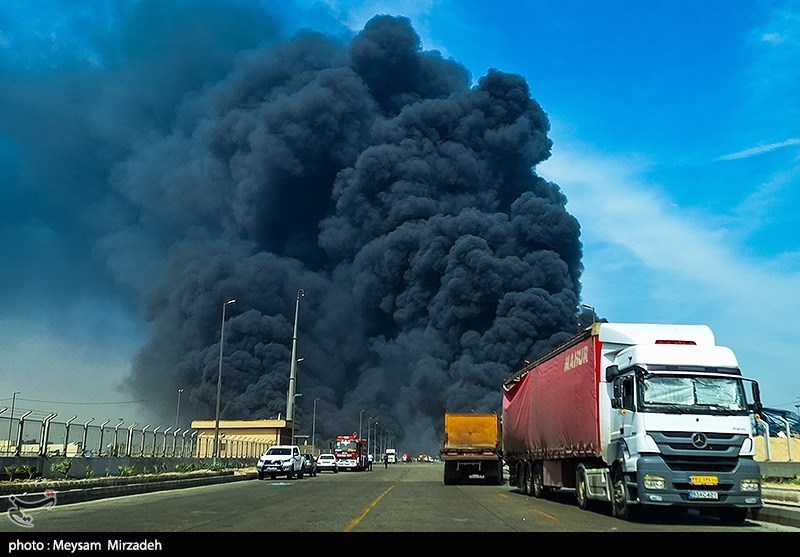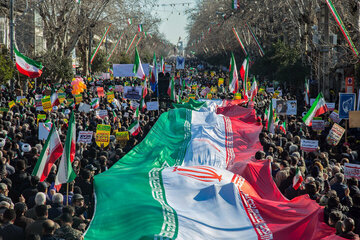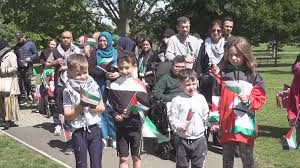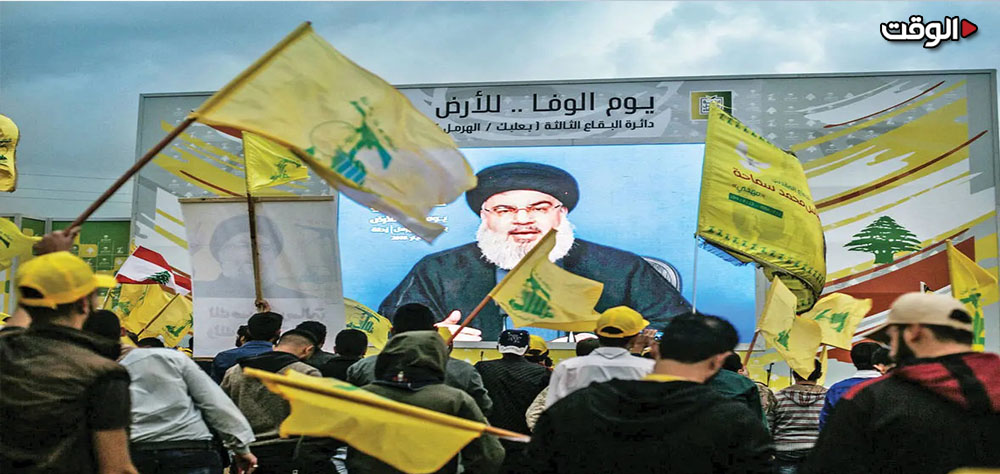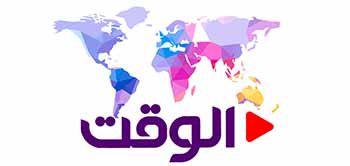Alwaght- After months of war, massive devastation, and collapse of the essential Gaza infrastructure, now a question is presenting itself: Where is this Palestinian territory heading and what actors will determine its future?
While the world is talking about Gaza reconstruction, a recent report by Wall Street Journal has published details of a new American plan to divide Gaza Strip, practically separating the Hamas-controlled regions from areas according to the ceasefire deal the Israeli forces should withdraw from. According to the plan, the Hamas-controlled regions (outside the Yellow Line) will be marked by red color and the Israeli-controlled regions will be marked by green color.
The plan divides the territory into a "Green Zone", an economic security belt where internationally-supervised, Western-backed infrastructure projects will be built, potentially attracting massive future investment.
Conversely, the "Red Zone" includes densely populated Palestinian areas. These sectors remain under a tight land and sea blockade, locked in a state of devastation with only minimal possibility for reconstruction.
Behind this simple facade, what is unfolding is not reconstruction in any conventional sense, but a far deeper, more structural project: a geopolitical and demographic redesign of the Gaza Strip. This partitioning is not merely a technical or infrastructural measure, rather, it signifies the engineering of a new structure of power, control, and ownership through three primary instruments:
1. Complete maritime control to prevent any independent Palestinian access to the sea.
2. Tightened control over the internal border via a large security buffer (the Green Zone).
3. Pressure on the population in the devastated coastal area (the Red Zone) to weaken their capacity to rebuild an effective political or economic entity.
Therefore, the ongoing process does not resemble any traditional model of reconstruction. Instead, it more closely aligns with a modern colonial redesign, seeking to link Gaza's future to a Zionist-favored regional security order. This scheme is based on redefining Gaza as an entity that serves the security interests of the Zionist regime, the economic interests of the United States and its partners, the aims of international private capital, and new regional alliances that are focused on gas and logistics.
Accordingly, the reconstruction effort is not being undertaken to restore the lives of its inhabitants. Its goal is to create a new reality of land ownership, cement the presence of foreign corporations and capitalists, and solidify the separation between investment zones and populous areas.
This plan was swiftly met with fierce opposition from Hamas and other Palestinian groups, who view it as an effort to sever Gaza from the rest of the Palestinian territories and destroy any genuine Palestinian sovereignty.
Red Zone, Gaza demographic trap
The Red Zone is actually the coastline that has the biggest population density, mostly devastated, and its inhabitants are left without a true reconstruction or development plans, and is still under air, Sea, and land blockade.
This area is not merely an "underdeveloped zone," but an instrument for the containment and suffocation of a population. Within this framework, habitable space is deliberately shrunk, infrastructure—including water, electricity, sanitation, and roads—is either destroyed or kept in a perpetually fragile state, and essential services are systematically restricted to enforce a state of total dependency on humanitarian aid.
Furthermore, the return of residents to their former neighborhoods has been rendered nearly impossible, whether due to widespread destruction or altered land ownership status. The result is the creation of a densely packed human corral, a space where the reformation of a stable social, economic, or political life is profoundly difficult.
From a security perspective, the Red Zone serves several key functions:
- It concentrates the population into a confined and easily monitored area.
- It makes any focal point of resistance forces vulnerable to human pressure, from bombardment and siege to the obstruction of relief efforts.
-It provides a perpetual pretext for military intervention based on the claim that armed elements are embedded within the civilian population.
The economic consequences are equally devastating. The Red Zone has been transformed into a space with no port, no maritime trade, no possibility of free fishing, and no productive cycle. Its economy is reliant on humanitarian aid, effectively turning it into a financial drain on the international community without leading to any meaningful empowerment of its people.
In conclusion, the Red Zone is a demographic and economic trap, holding its inhabitants in a state of mere biological survival, devoid of dignified living conditions and any genuine prospect of self-determination.
Green Zone: Economic-Security Zone
On the opposite side, Green Zone would be a vast home strip with a major part of it destroyed and is set to be rebuilt according to a whole new plan. The key features of this zone are as follows: it must be entirely secure and controllable, appear attractive to foreign investors, and be administered under the direct or indirect supervision of Western and international bodies.
From a security perspective, the plan carves Gaza into manageable segments by establishing permanent military corridors. By positioning checkpoints and command posts along the main arteries, the zone is transformed into an advanced security belt. This infrastructure would allow the Israeli military, and potentially US-managed international forces, to deploy rapidly throughout the area. The widespread depopulation of these sectors further paves the way for future military operations.
This explains the extensive destruction in areas now designated as "Green." The rubble represents a deliberate clearing of the land, the erasure of buildings belonging to Gazan residents, to prepare a blank land conforming to the plan's security and economic requirements.
Economically, the Green Zone is envisioned as a hub for major projects: constructing highways, stations, logistical centers, headquarters for international corporations and organizations, and a portfolio of investment ventures. Planners will showcase this zone to the world as the gleaming face of a successful reconstruction, an enclave detached from the devastating Red Zone and a model to promote a new Gaza.
The plan's propagandaistic aspect rests on marketing the Green Zone as a symbol of peace, prosperity, and a bright future for Gaza. This narrative employs the language of innovative rebuilding, painting a picture of a flourishing economic zone, a new "smart city" on the Mediterranean coast, and global investment to uplift Gazans. While the rhetoric promises development, it ultimately serves as a polished facade for a project that is, in essence, a security-driven colonial enterprise.
Why is coast planned in the Red Zone not Green Zone?
This question helps understand the nature of the plan, showing that putting the coast within the Red Zone is not accidental, but fully targeted and strategic.
1. Controlling off-shore gas fields
In Gaza coast, there are several important gas fields called "Gaza Maritime 1 and 2. If the Palestinians or even an independent international mechanism control the coast, potentially they can first negotiate over energy revenues and second enter into regional partnerships that exist outside of the security and energy frameworks established by Israel.
However, the Israeli regime is attempting to integrate these gas fields into the Eastern Mediterranean energy matrix (Israel–Cyprus–Greece–Europe), thereby preventing any Palestinian energy independence. This is being done while Israel maintains complete control over the coastline and territorial waters. For this reason, the coast cannot be part of the Green Zone where equal partnership or sustainable development is possible.
2. Coastline is a security and strategic instrument not a living space
From the Israeli viewpoint, Gaza coastline is not a developmental space, not even an urban area, but a defensive-offensive line, because:
The coastline represents:
- A potential route for smuggling weapons and goods
- A gateway for humanitarian aid entering outside the control of the Israeli regime
- A sensitive point for the potential naval presence of international actors
Therefore, designating the coast as part of the Red Zone is meant to solidify the following objectives:
- Maintaining a permanent naval blockade
- Preventing the establishment of an independent Palestinian port
- Ensuring the complete dependence of the movement of goods and people on Israeli or Egyptian ports.
3. Exerting targeted demographic pressure in the coastal area
By forcing the Gaza population towards the largely devastated coastline, Israel has the following objectives:
- It creates severe overcrowding, which erodes social cohesion.
- It perpetuates the shortages of water, power, medical services, and living space.
- It accelerates the trend of forced migration for those with the means to leave.
- It gradually empties the coast of its indigenous population to enable its future redesign.
This policy effectively puts the population in a bio-economic trap, eliminating any possibility for sustained social and political organization.
3. Preparing coastline for future projects
On the surface, the coast is now a completely devastated area, lacking any reconstruction plan and designated part of the Red Zone. However, in the medium to long term, this coastline is slated for a redesign with the following objectives:
- Tourism projects and maritime recreation zones
- Specialized ports for regional initiatives entirely disconnected from Palestinian sovereignty
- International investment hubs and infrastructure projects managed outside of local control.
This scenario will be set in motion once the current population has been displaced, dispersed, or forced to migrate from key coastal areas, and the land is deemed ready for use and development.
Impacts and consequences
Once the plan is implemented, it will leave deep and structural impacts.
First, the idea of formation of an independent Palestinian state on the 1967 borders will be practically shattered, because the new Gaza division will totally separate it from the West Bank and will make a contiguous, sustainable, and governable political entity almost impossible.
Second, a structure of enclosed demographic and functional zones is being created, bearing a clear resemblance to apartheid models. Here, the Red Zone turns into a vast demographic prison, while the Green Zone is organized as a controlled and isolated security-economic belt.
This situation not only fails to resolve the issue but also deepens the roots of the occupation. The continuation of the siege, the absence of justice, the elimination of Palestinian sovereignty, and the reproduction of control through new mechanisms prepare the conditions for future explosions.
In such a scenario, Gaza becomes a land in a state of perpetual demographic and economic siege. It holds no effective authority over its sea, gas, or borders, remains dependent on imports and foreign aid rather than domestic production, and is internally divided into separated, enclosed functional areas.
Regionally, Gaza is gradually being integrated into an East Mediterranean security-economic constellation, one that marginalizes the Palestinian dimension and advances gas, transportation, and port projects under the leadership of Israel and its regional and European partners. Thereby, it eliminates Palestinian presence and sovereignty from future strategic equations.
Proposals and solutions
1. Not accepting any imposed demographic or geographical change
The Palestinians and Arab countries need to insist on the principle of not recognizing the forced relocation and changes as their fixed policy and brazenly highlight this stance in all of their statements, initiatives, and agreements.
2. Demanding joint Palestinian-international management of the coastline
The Palestinians should push for a joint management mechanism in which the the Palestinian role in decision-making related to energy and its production from the coast is ensured and prevent any Israeli monopoly over the sea.
3. Rejecting evacuation of the coast as a key pillar of the plan
Any arrangements leading to forced relocation or gradual migration of the coast inhabitants, either through military force or economic pressure, should be challenged and revealed politically, legally, and in media terms.
4. Establishing a regional observatory mechanism to monitor forced geographical engineering of the coast
A key proposal is here: The establishment of a permanent Arab and Islamic mechanism, with a Palestinian leadership at its core, to oversee all developments in Gaza on a full-time basis, including borders, reconstruction, land ownership, and development projects, and to prevent the emergence of a new geographical order that marginalizes the Palestinian people.
5. Cementing Palestinian state role in Gaza for managing gas and coastal cases
This role should be activated in a way to ensure Palestinian rights and avoid the gas and coast cases going under Western-Israeli control.
6. Formulating a unified vision for post-war rights
It is essential for the Palestinian leadership to reject plans based on dividing Gaza into "workable" and "unworkable" zones and to insist on geographical cohesion and unified governance.
7. Ensuring the right to return to all Gaza regions
The Palestinian leadership should insist on the right for return of all Palestinians to all Gaza regions, including the regions designated as Green Zone and push against any demographic engineering.
8. Comprehensive documentation of destruction and forced changes
All cases of environmental destruction, forced displacement, changes in ownership, and imposed redesign must be meticulously documented and archived for use in future legal and international pursuits.



